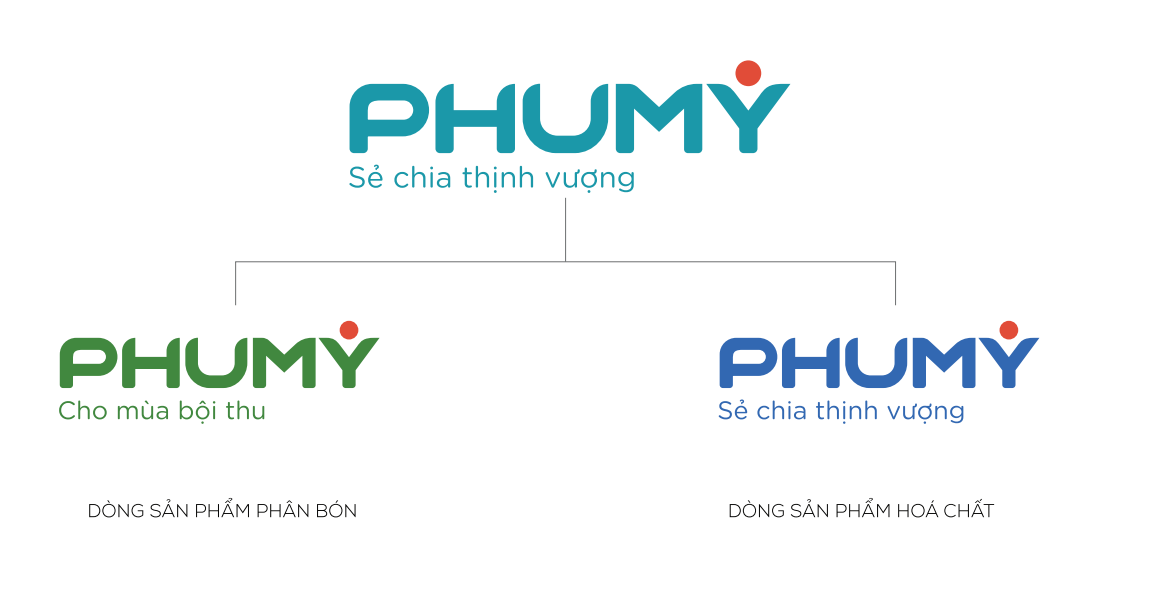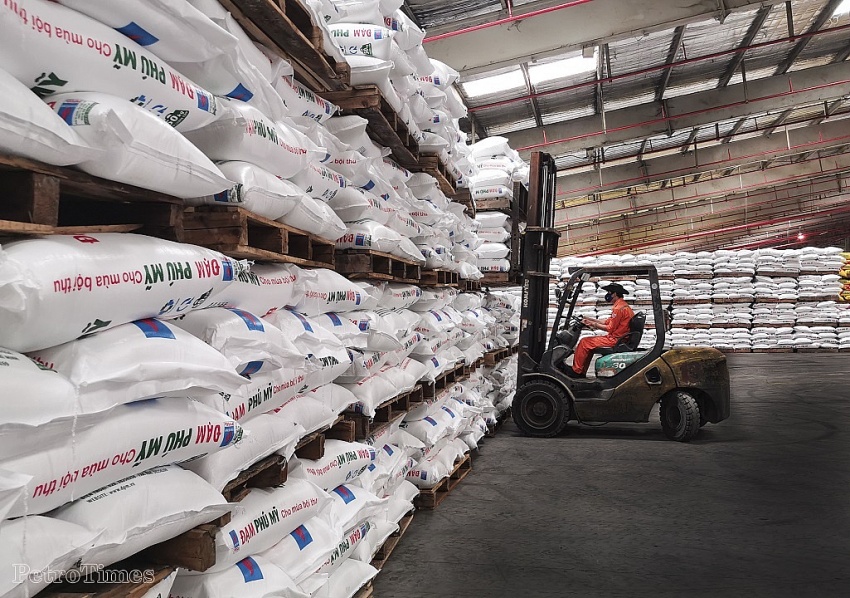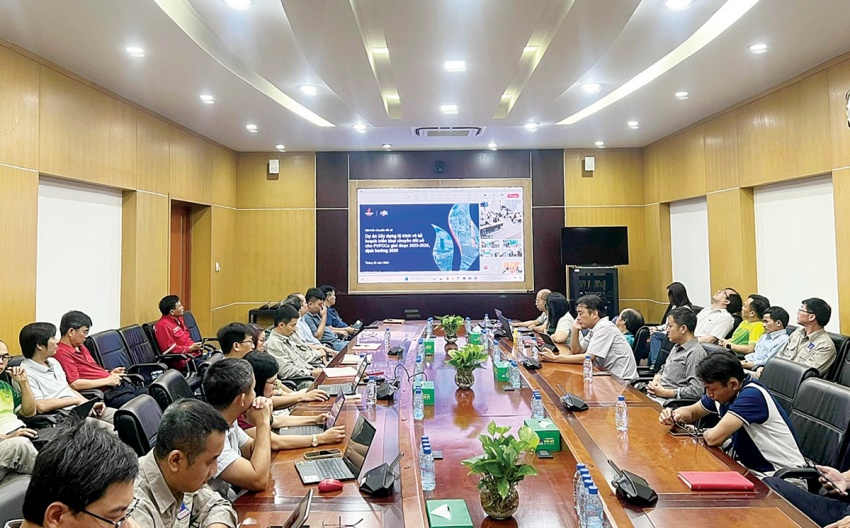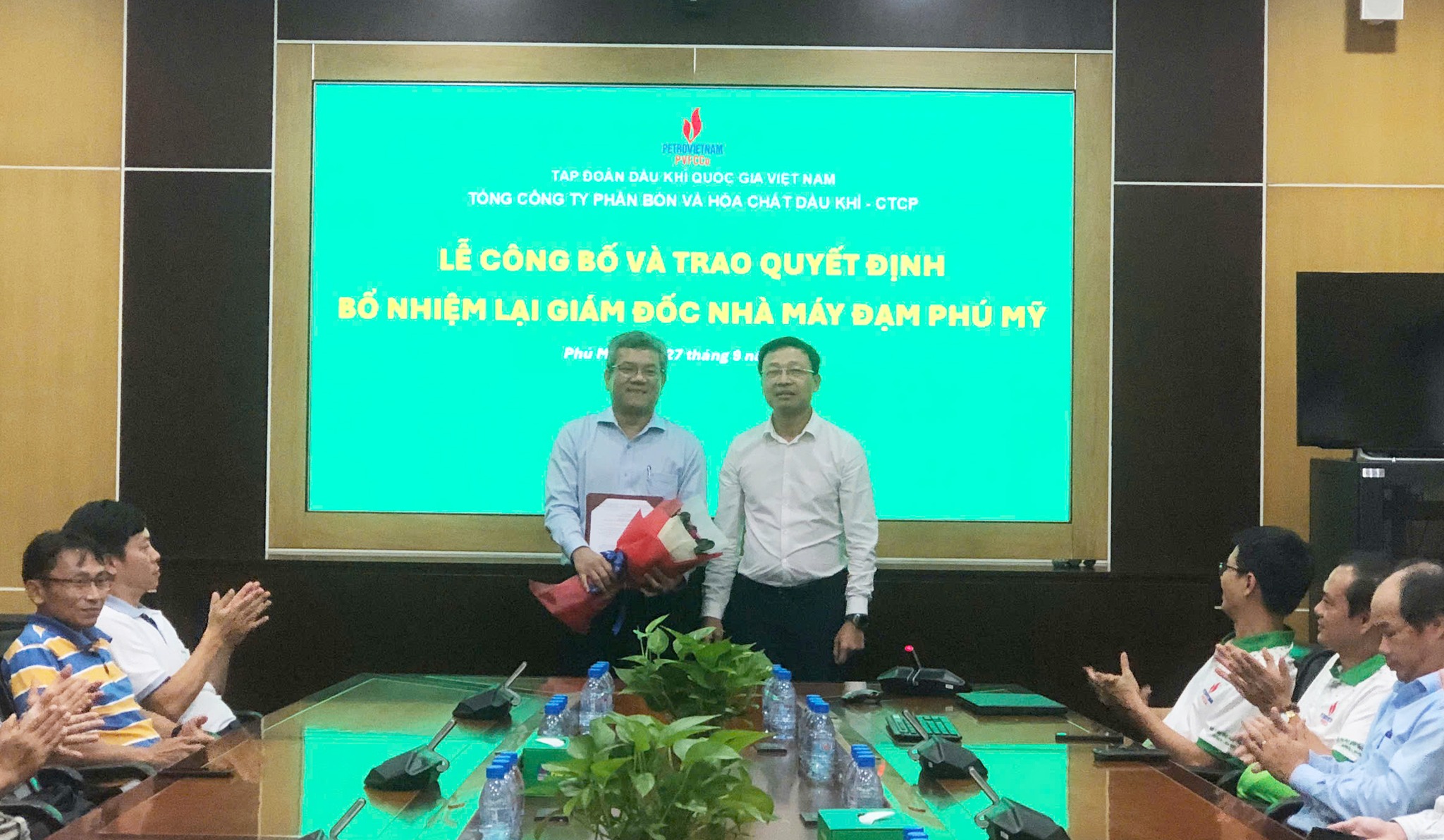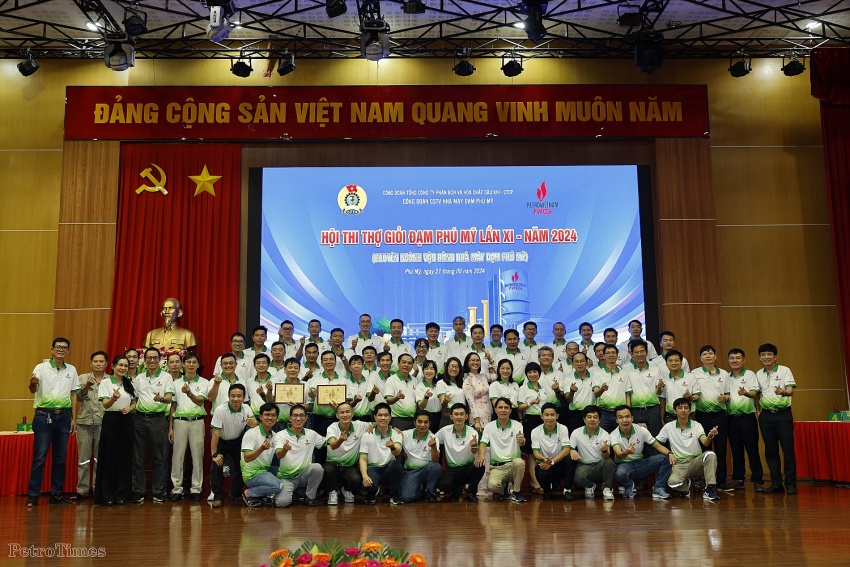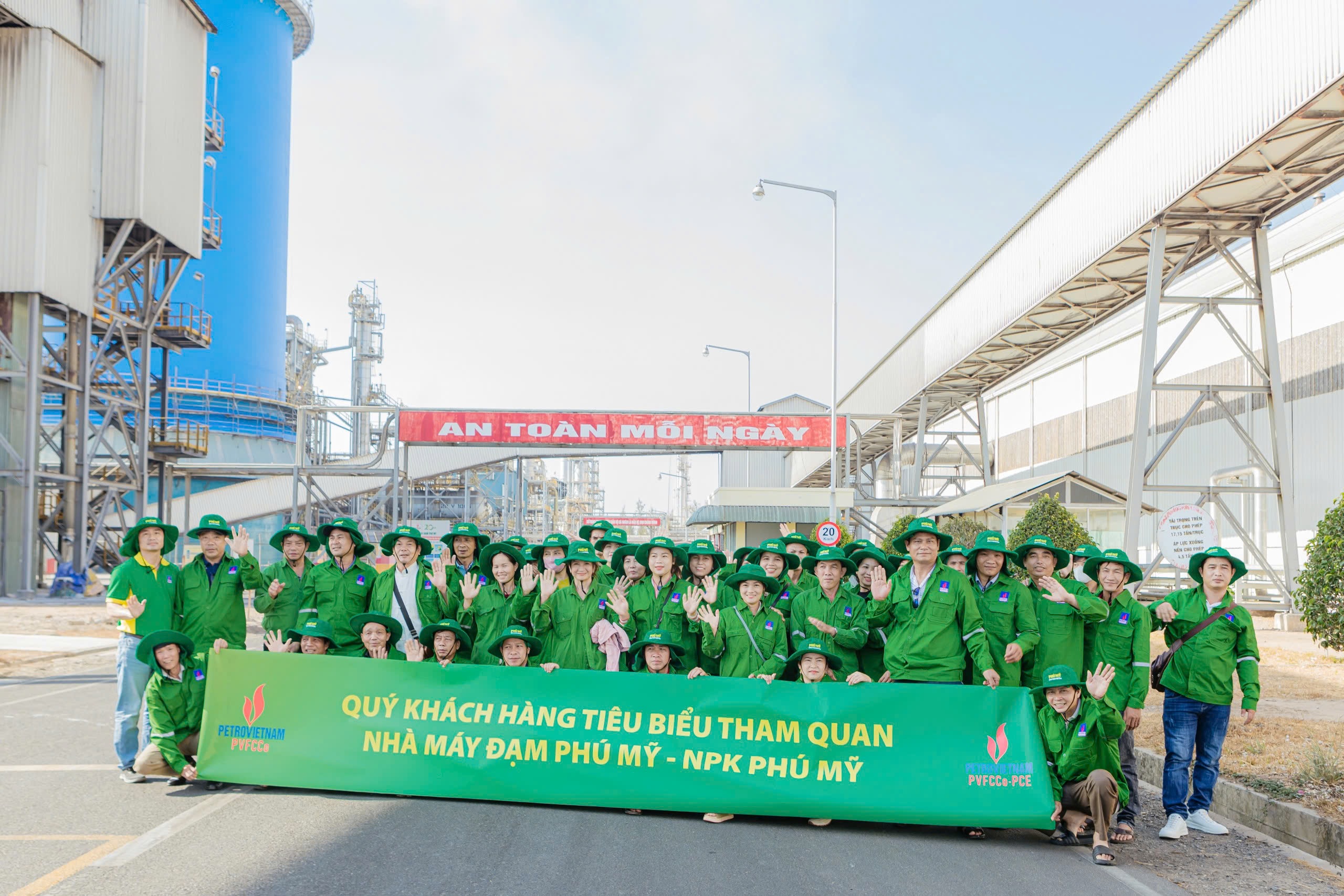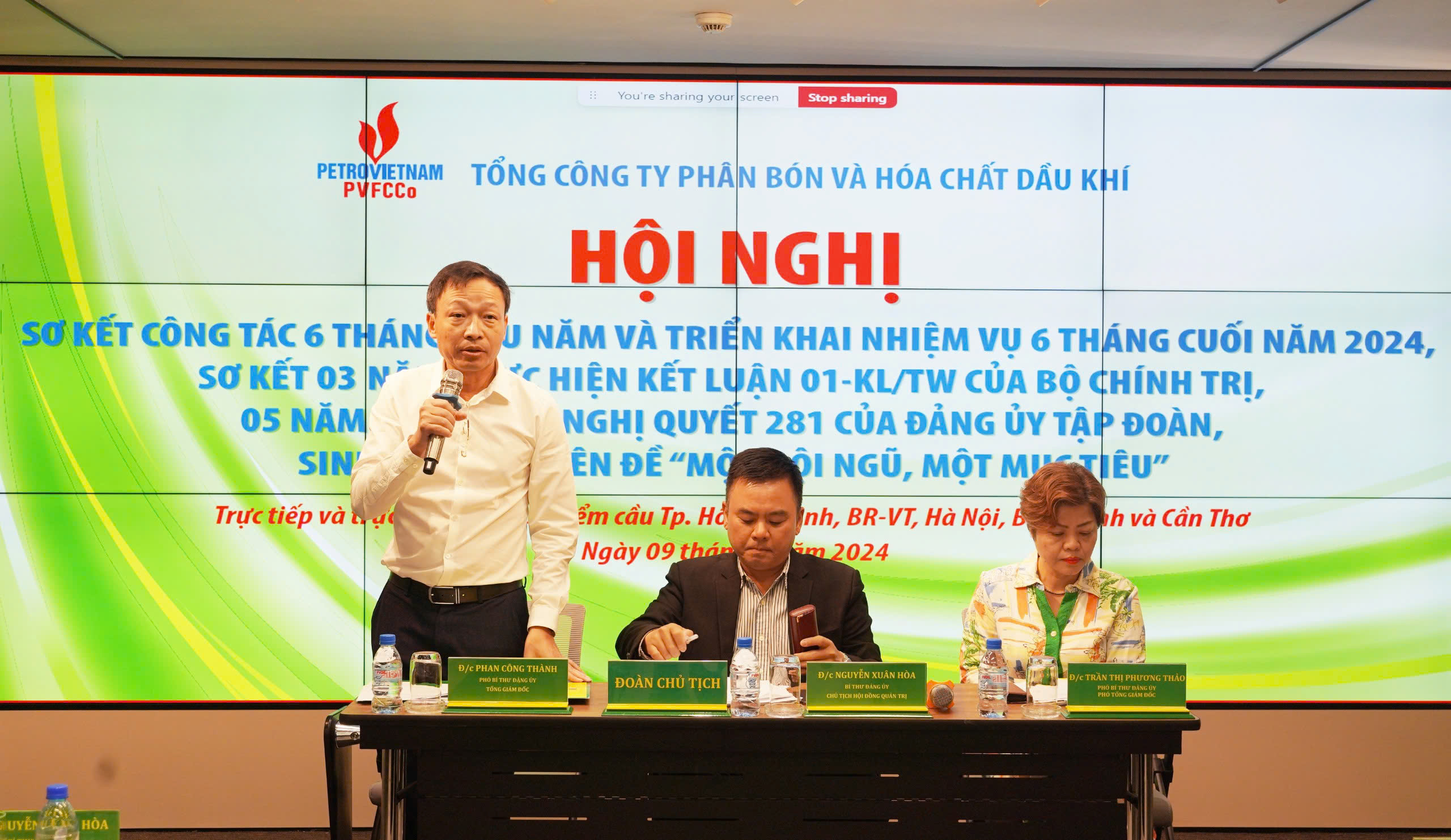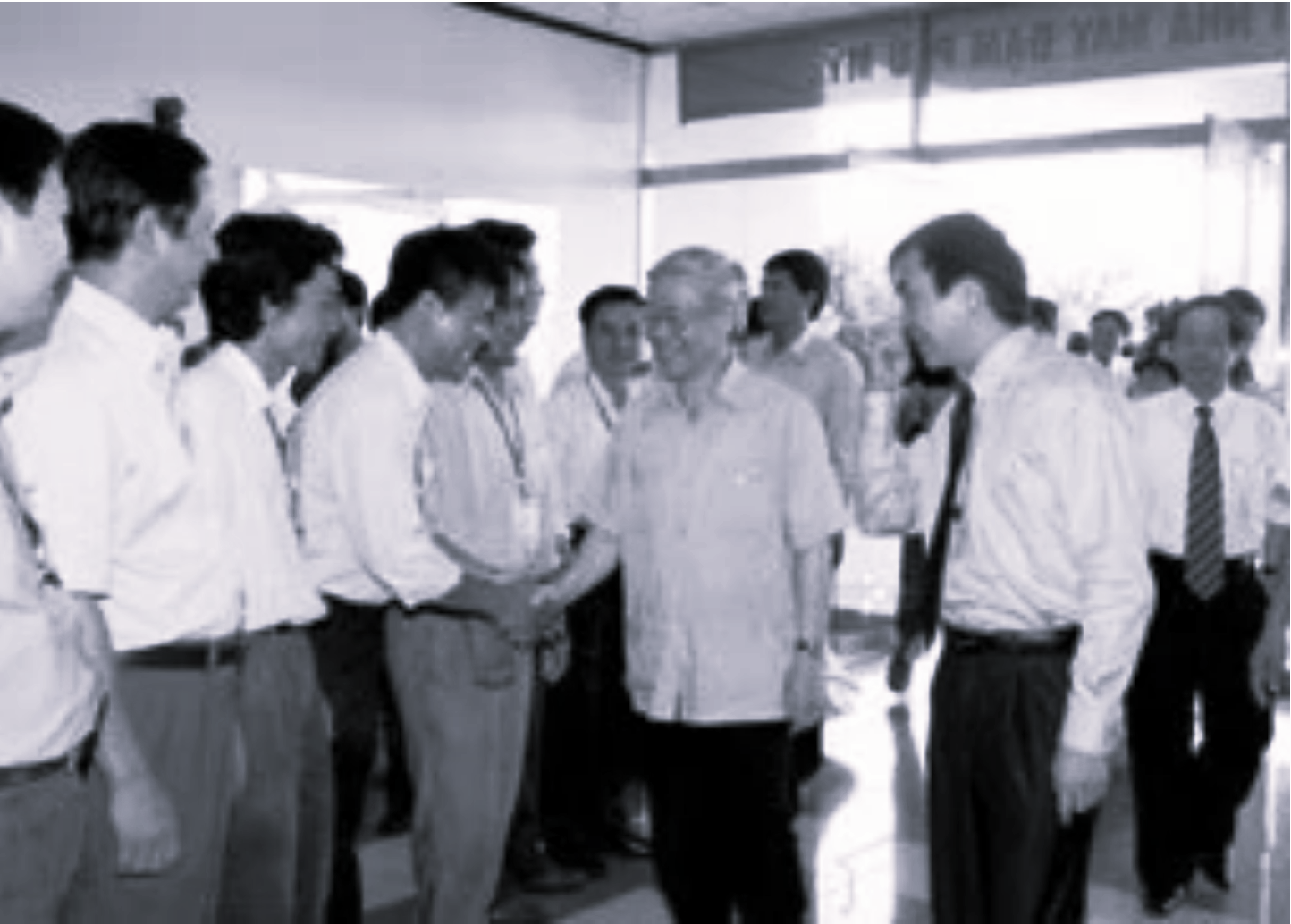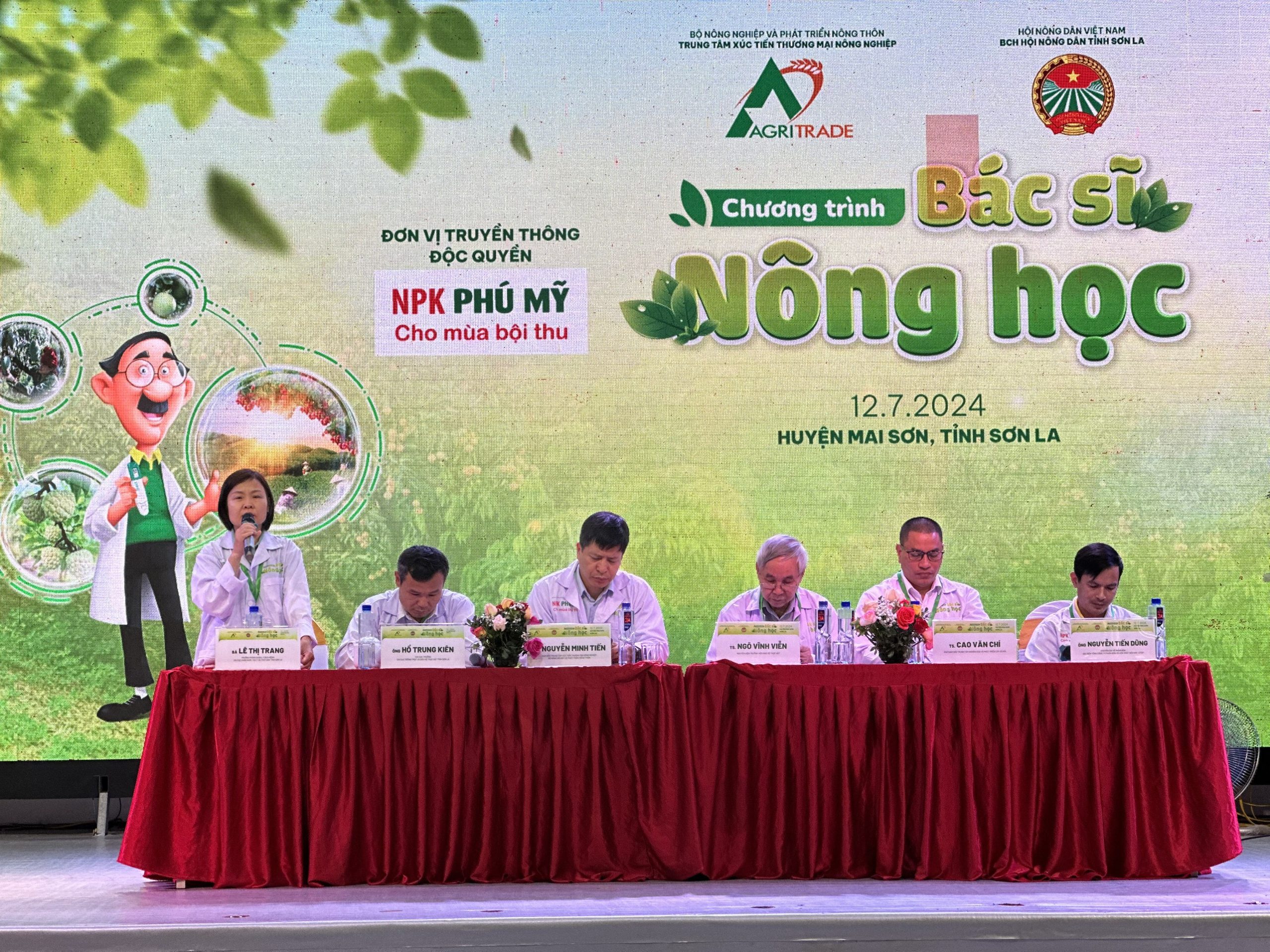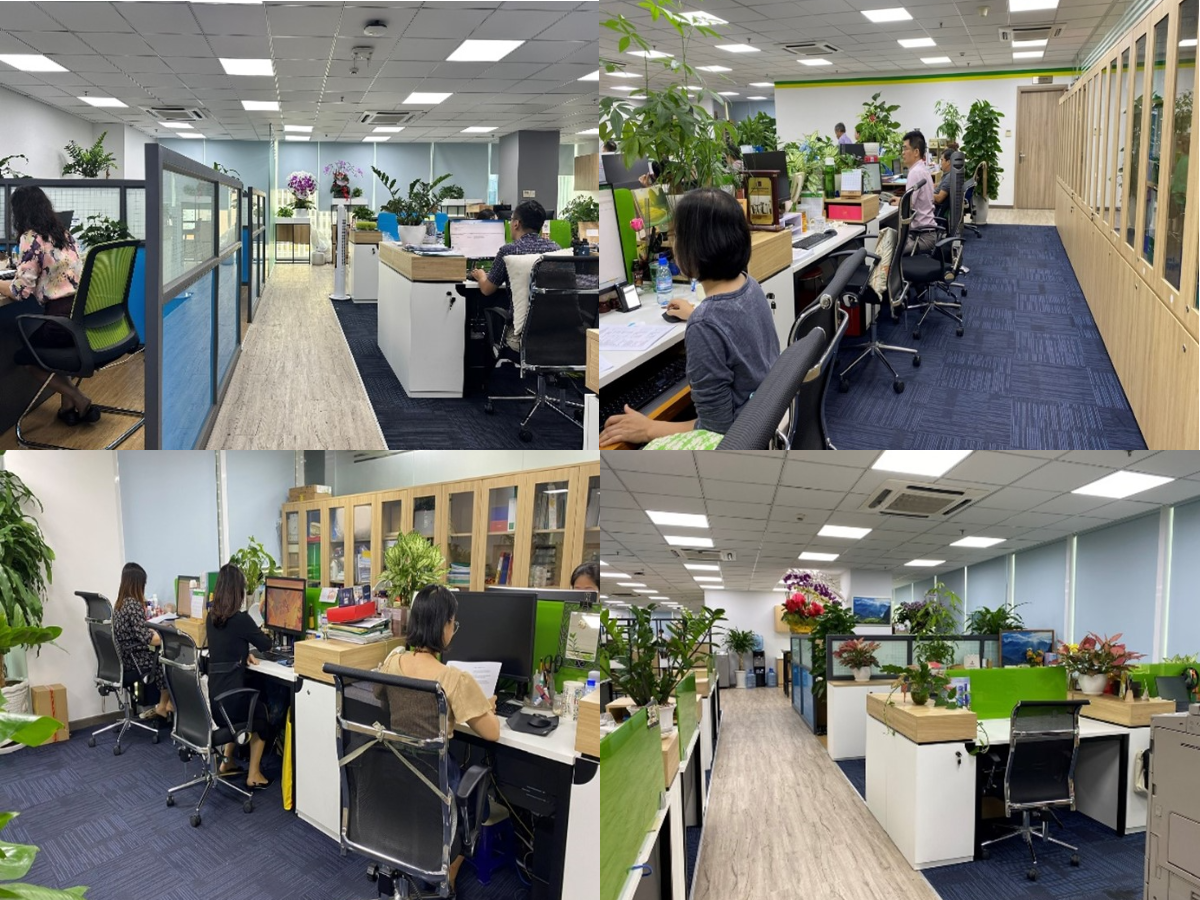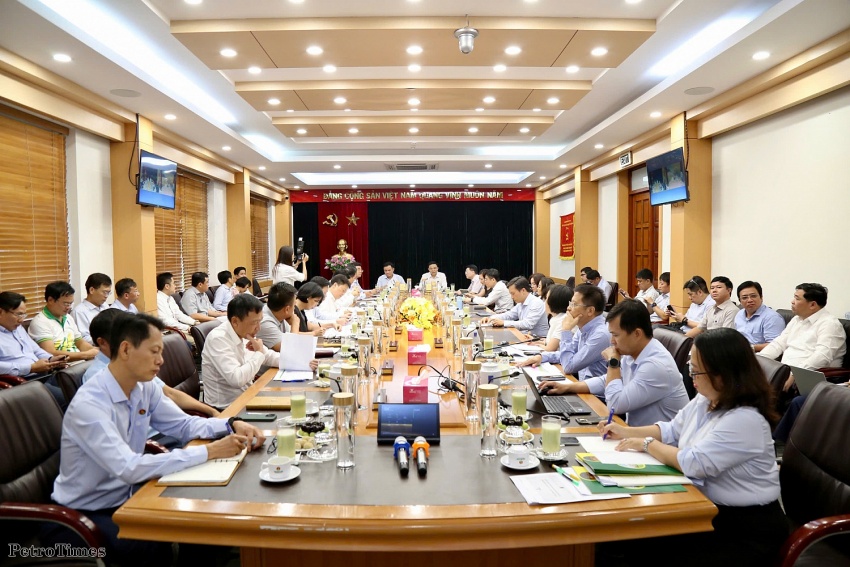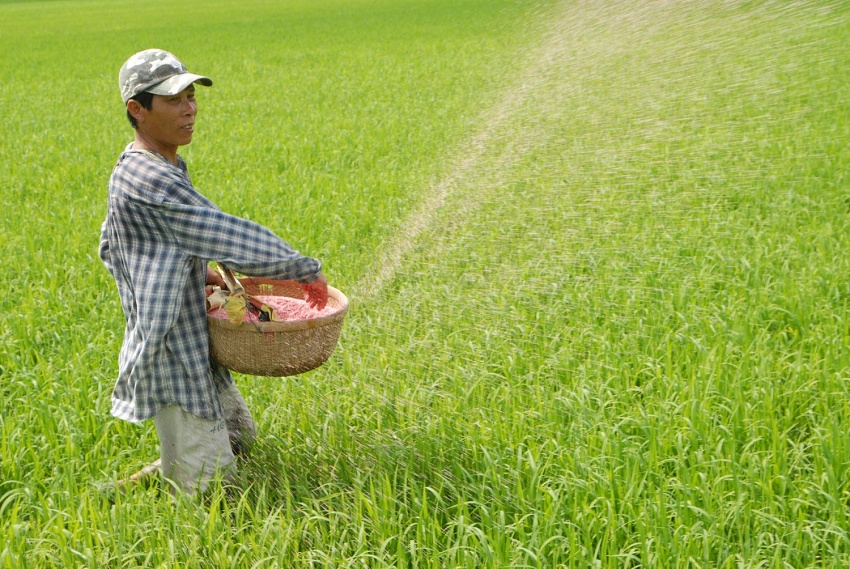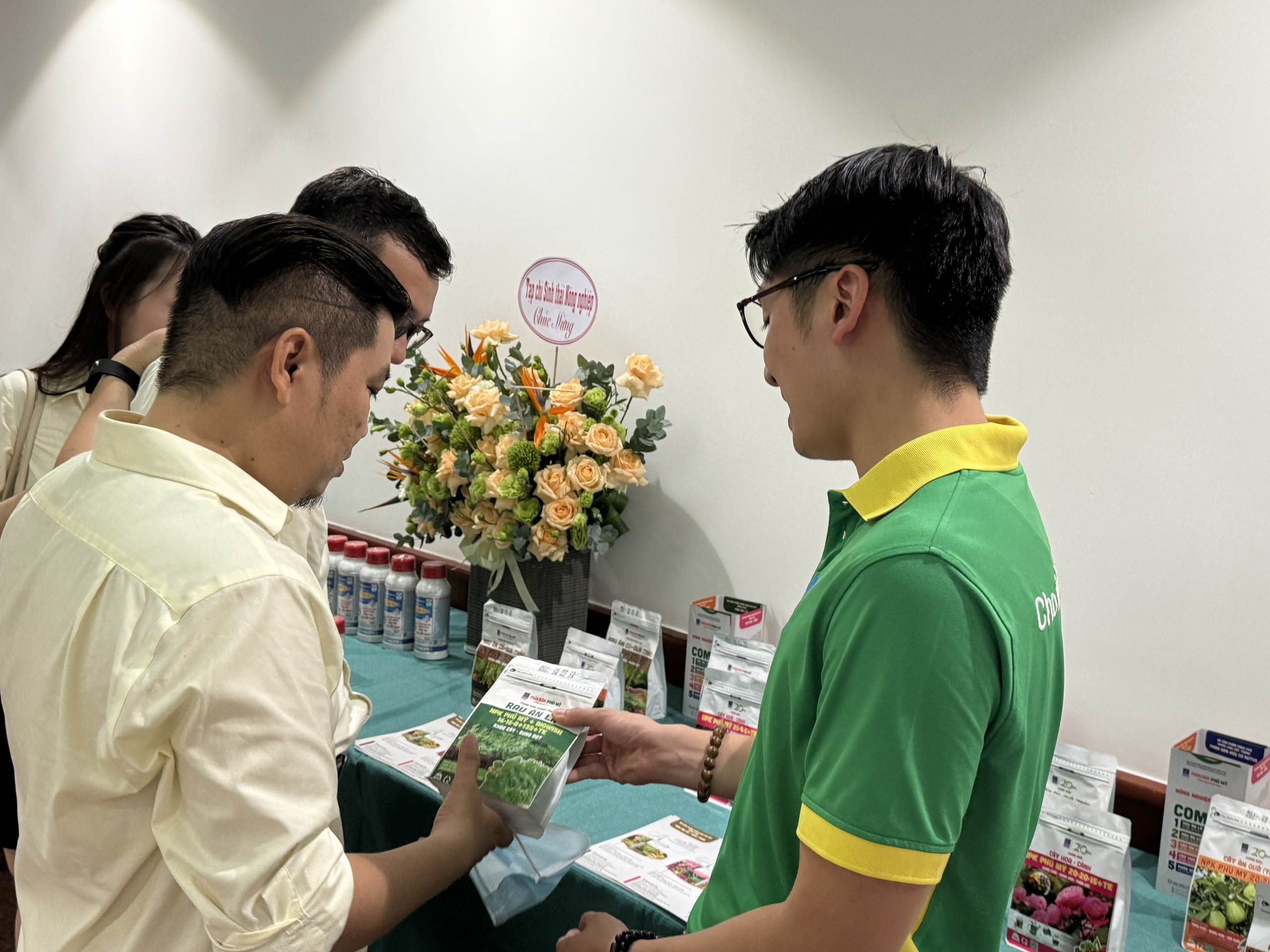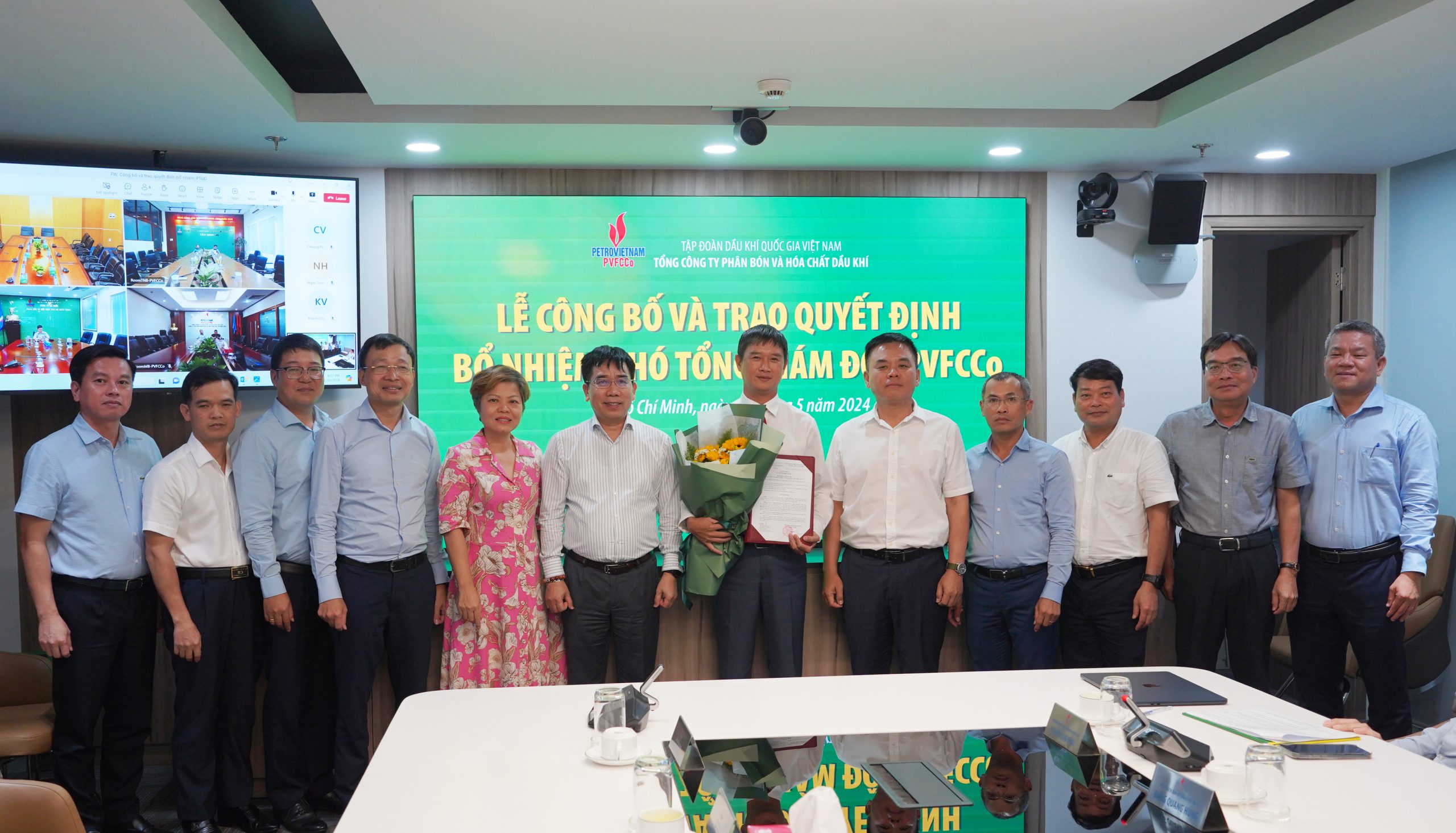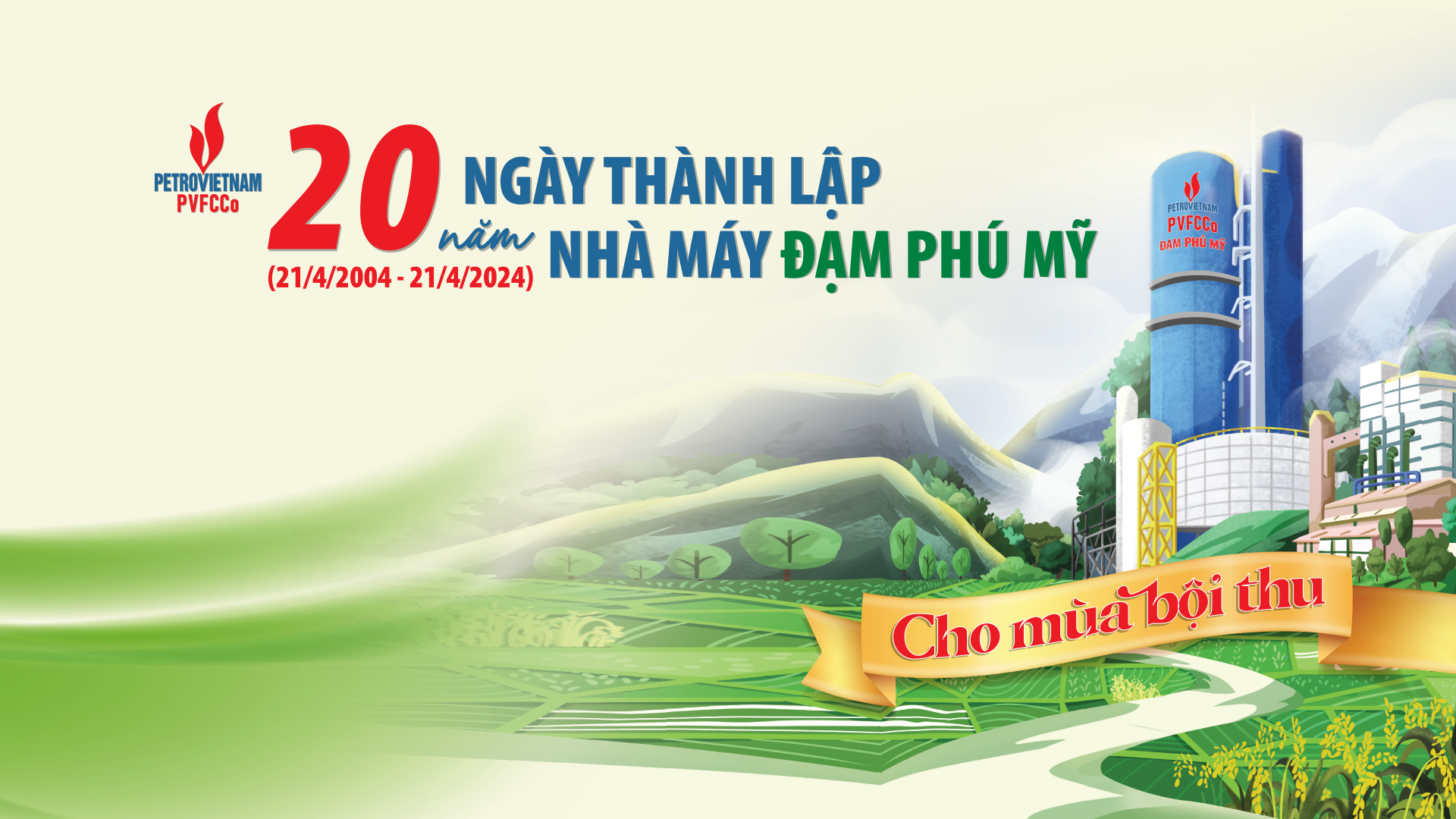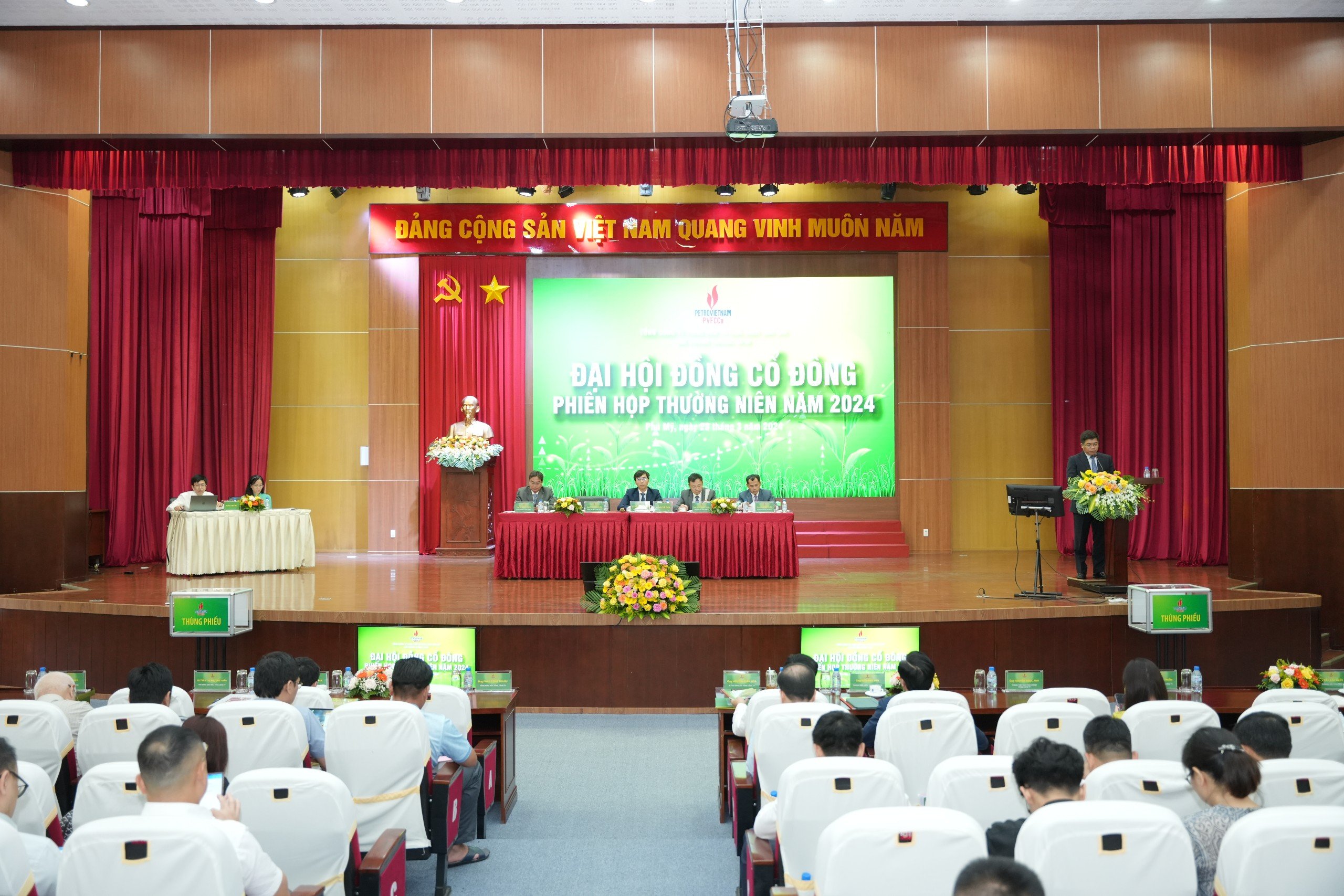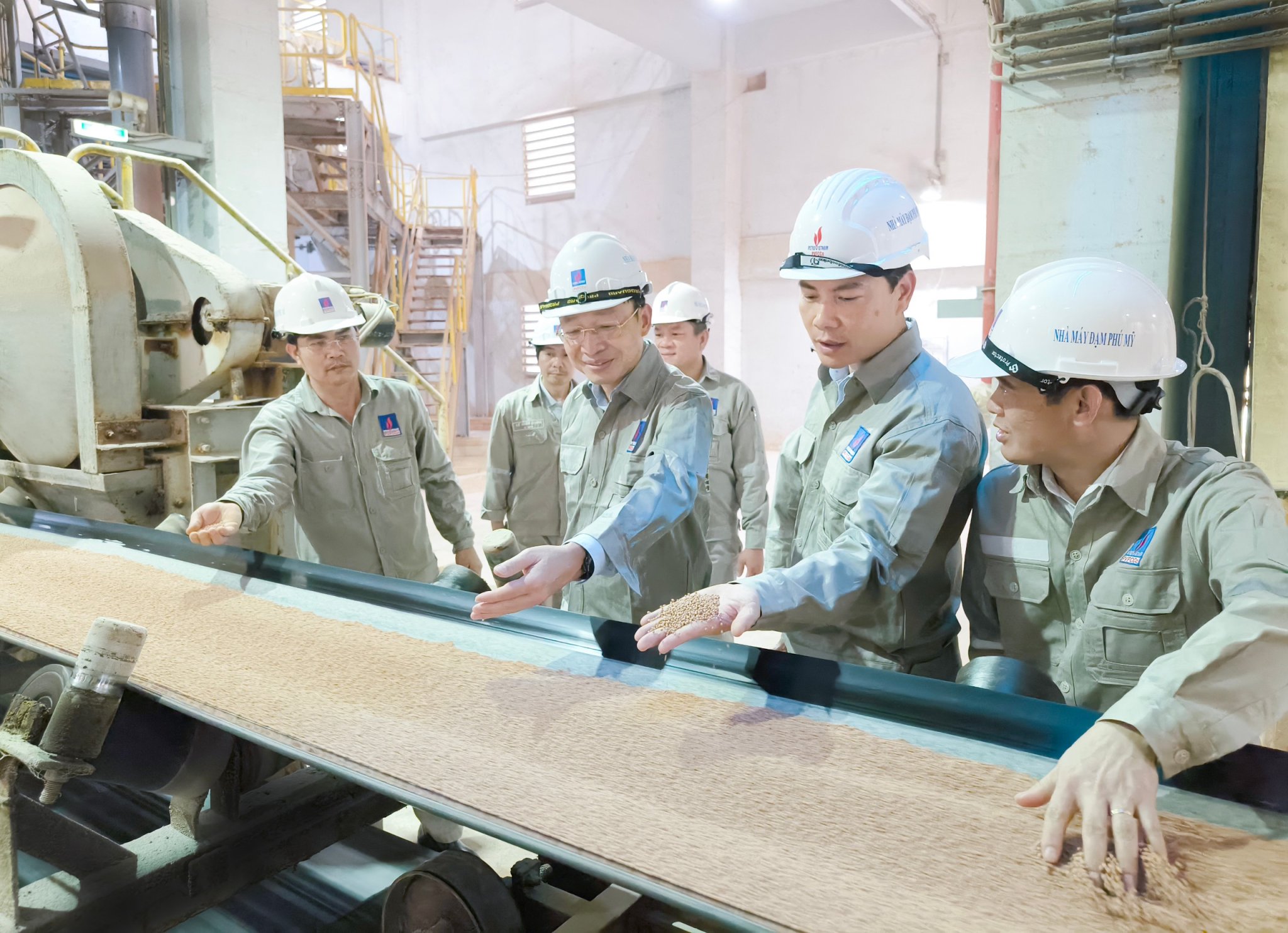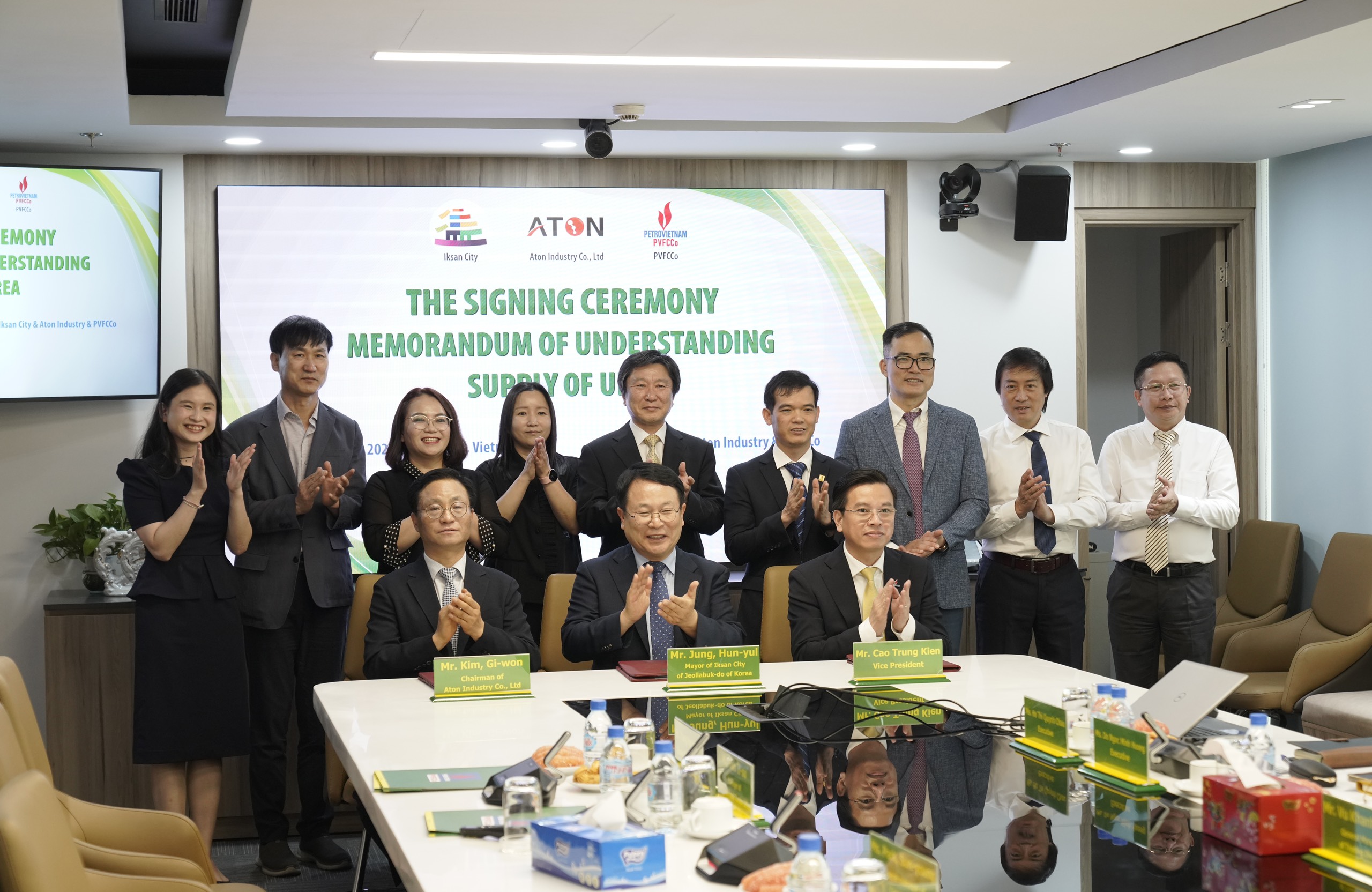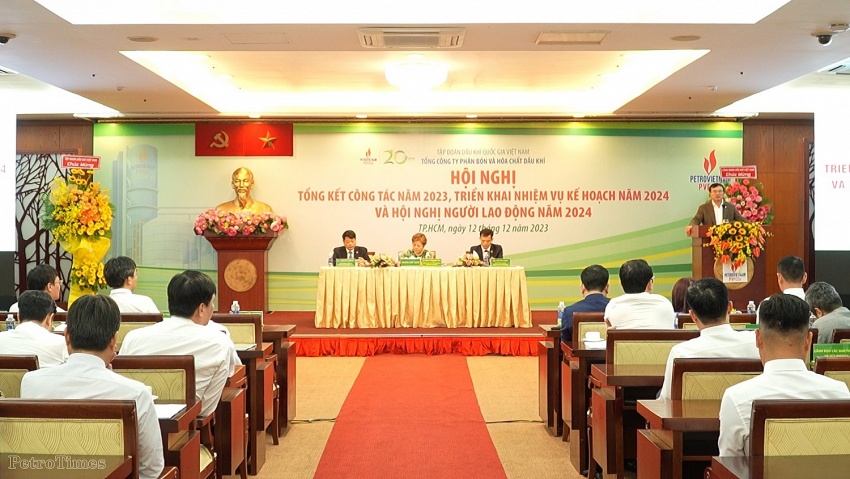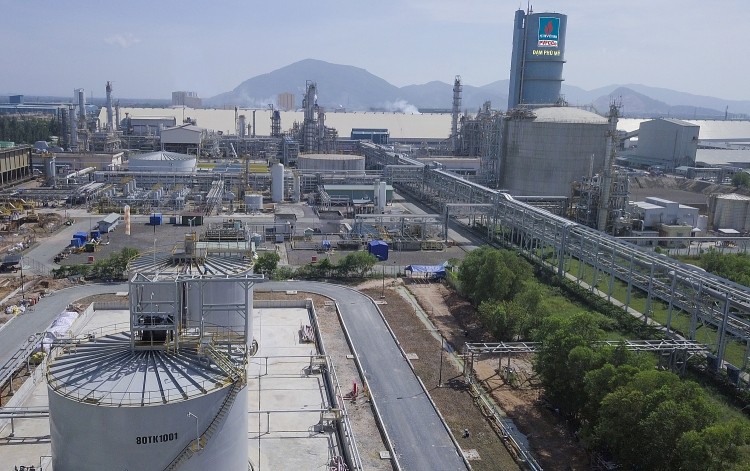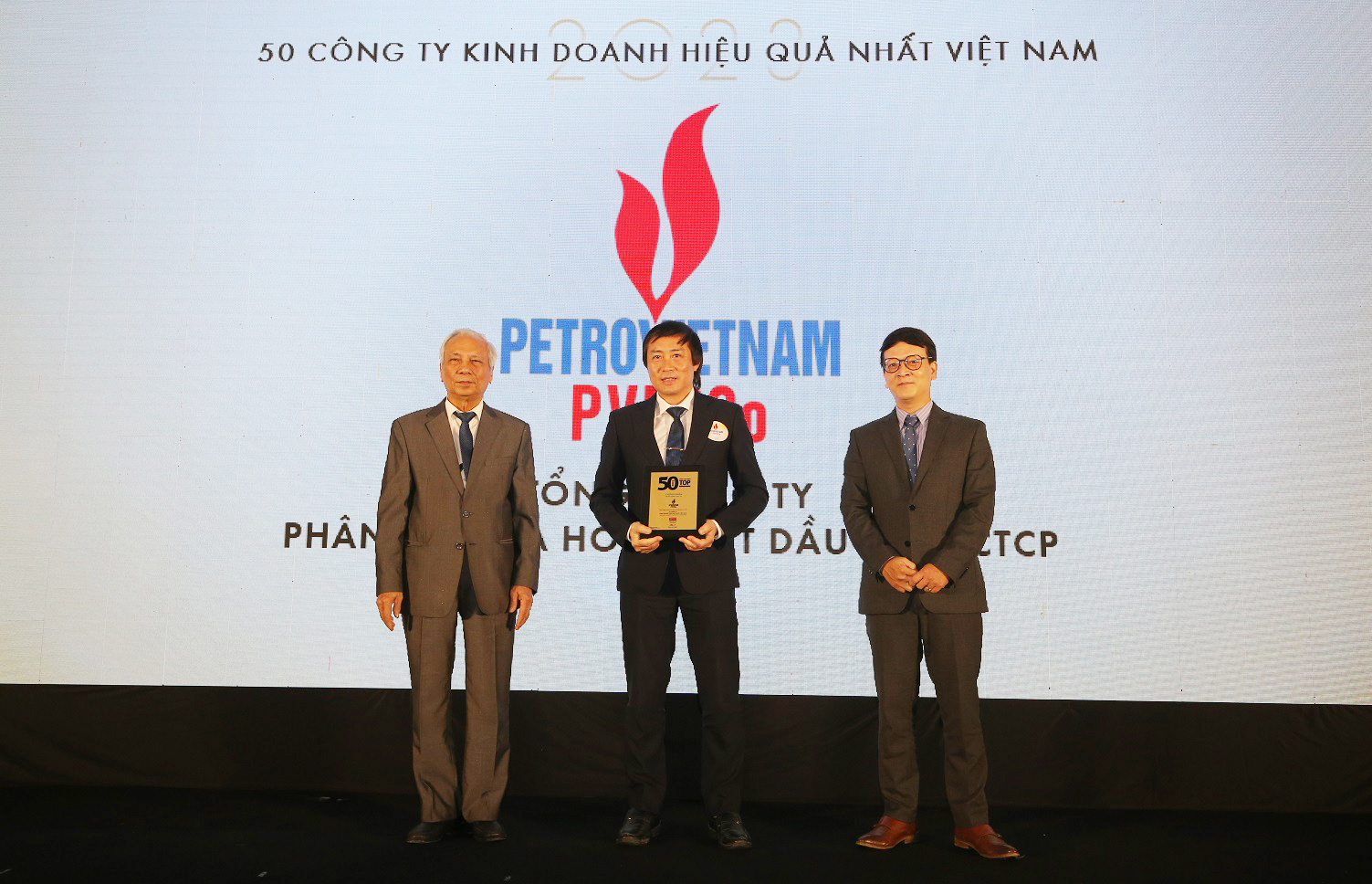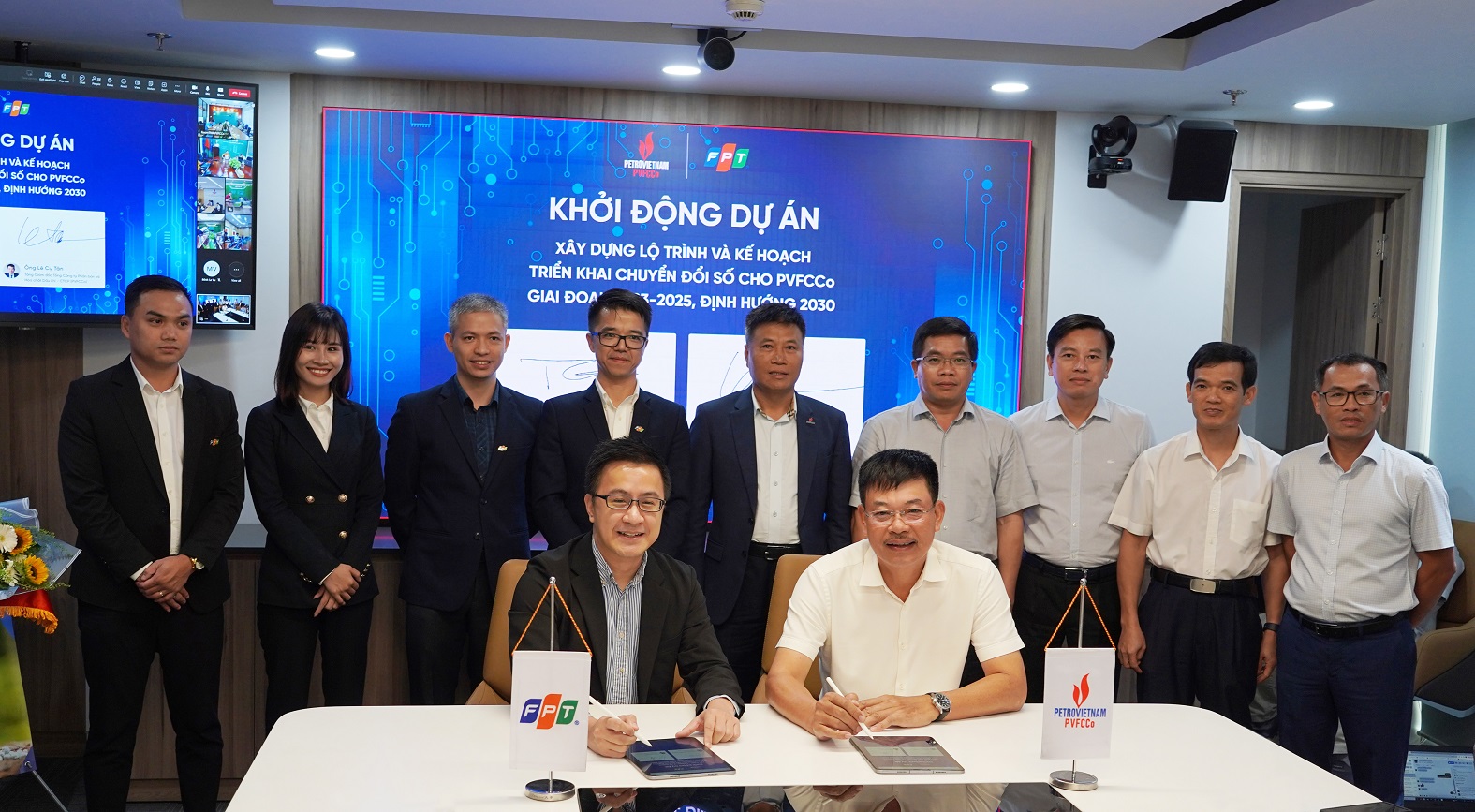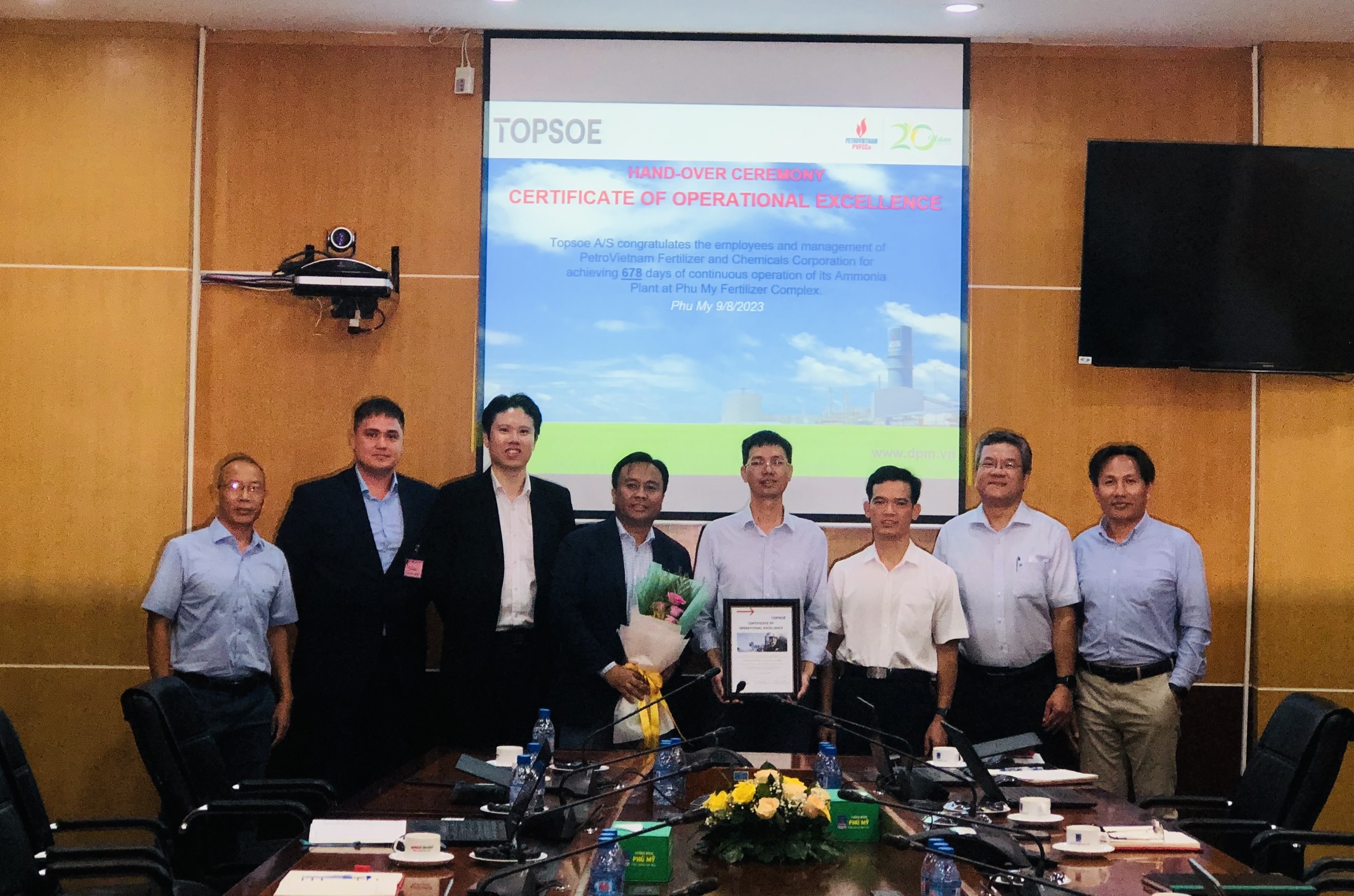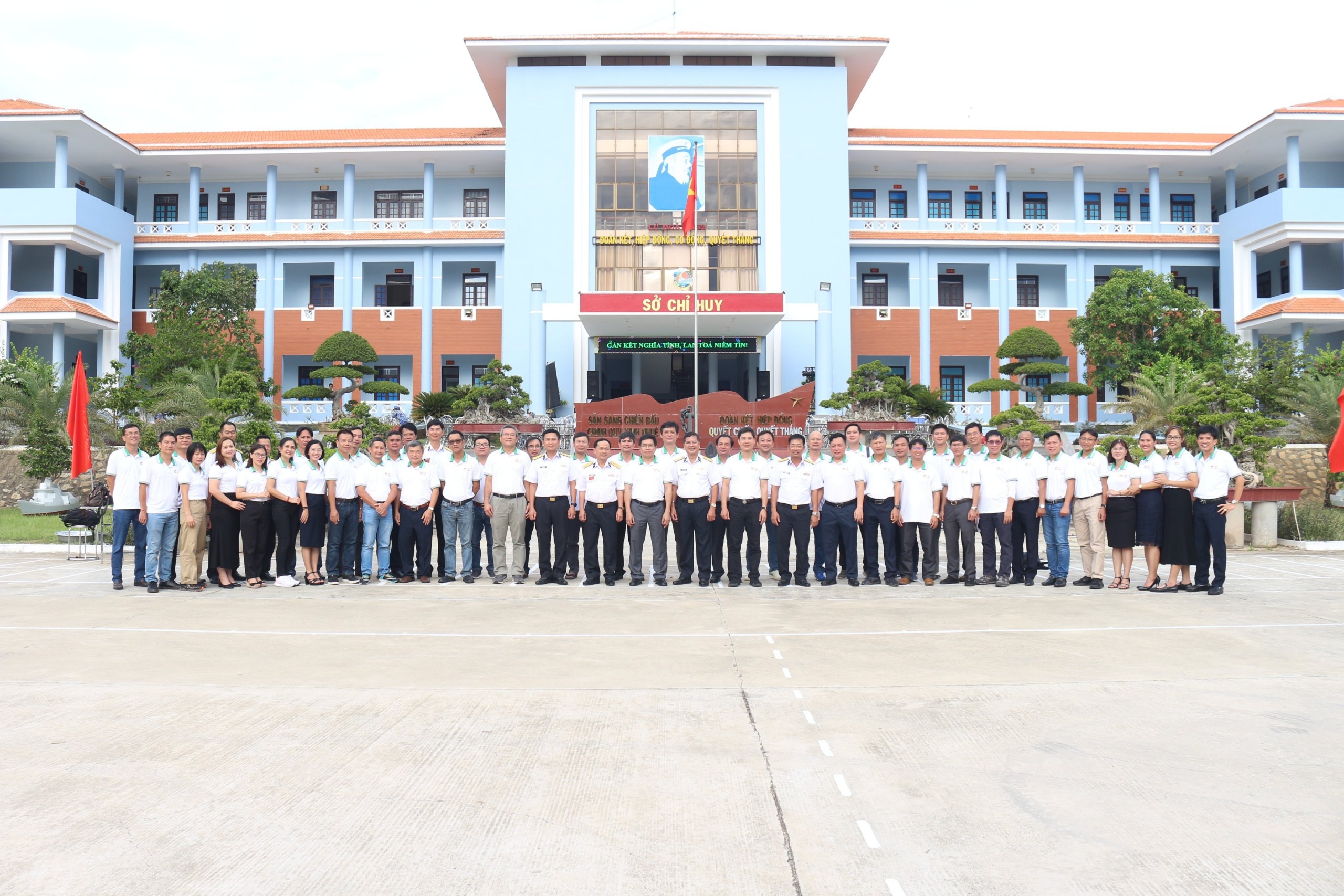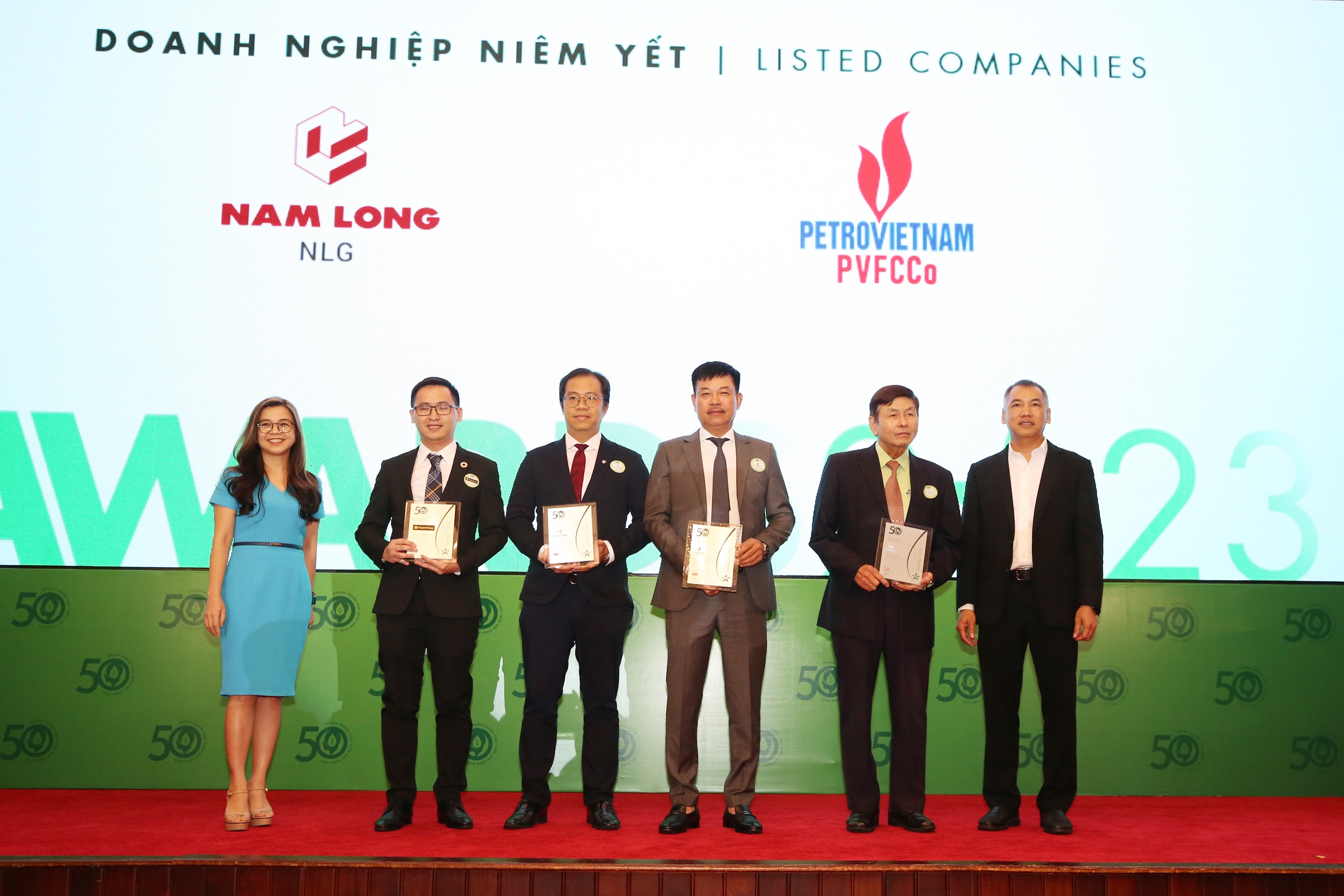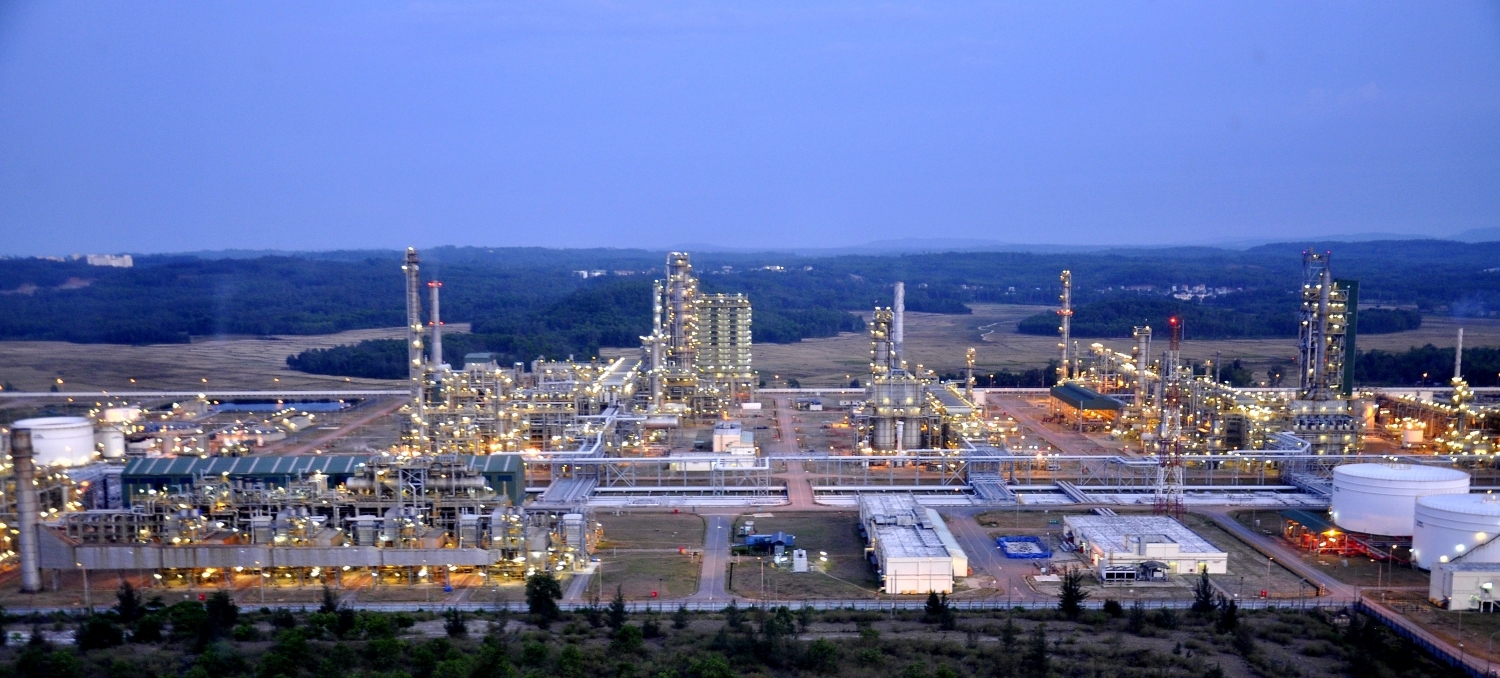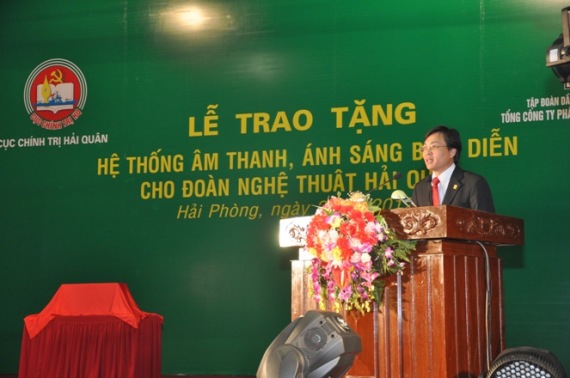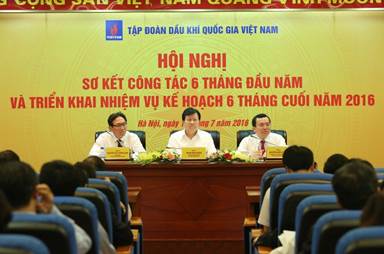(Source : Nhipcaudautu.vn)
From Q2 of 2014, Phu My Urea Plant will have to procure natural gas at a higher price while fertilizer price is forecast to continue decreasing. This results in many investors worrying about the possibility that PetroVietnam Fertilizer and Chemicals Corporation (PVFCCo – Security code: DPM) will enter saturation stage or, even worse, recessive one. Will this occur or not, and which strategies does it plan to maintain sustainable development in the coming years? NCDT had an interview with Mrs. Nguyen Thi Hien – Vice Chairwoman of PVFCCo regarding this issue.
Reviewing business performance of DPM in 2013, it is shown that both revenue and profit decreased. What are the reasons, madam?
Both revenue and profit in 2013 decreased compared to those in 2012, which was mainly due to a significant decrease in fertilizer price while cost of input gas was increasing. However, return on charter capital as well as other ratios of the Corporation maintained fairly well compared to those of other listed companies.
In fact, there were 2 factors that resulted in poor business performance of DPM in 2013 compared to that in 2012. Firstly, in Q1 of 2012, domestic price of urea rose suddenly due to unexpected short supply and additional profit from factoring urea products manufactured by Ca Mau urea plant.
Specifically, in 2012, in addition to self-manufactured and imported products, we also sold 386 thousand of ton of Ca Mau urea , contributing to the increase in revenue and profit. It is noteworthy that because the production of Ca Mau and Ninh Binh urea plants was not supplied at the right time as expected while importers failed to import additional amount to supplement, there was a supply shortage in the market resulting in considerable increase in the price of domestic urea products in Q1 of 2012. It was then during Winter Spring season when fertilizer consumption was significant, helping DPM gain an extraordinary profit in this quarter.
In 2013, because price of input gas increased, plus a considerable decrease in fertilizer price compared to that in 2012, it was unavoidable that the profit decreased compared to that in previous year.
Was that a common situation for the whole industry?
Fertilizer price slumped globally. In Vietnam, competition became fiercer due to higher supply than demand. In addition, low-cost fertilizer supply from China entered via cross-border trade, which led to a difficult situation for many other companies and for DPM in particular.
How do you forecast about business performance in 2014?
The performance in 2014 will continue decreasing compared to previous year as it is predicted that fertilizer price will continue decreasing while gas price will further increase since Q2 of 2014. We have completed the negotiation of a contract amendment appendix with PetroVietnam Gas Corporation regarding price calculation formula and cost of operation and transport to the gate of Phu My urea plant. Accordingly, new gas price will be calculated at 46% of monthly average FO fuel price in Singaporean market according to Platt’s (US$/million BTU), plus cost of operation and transport to the gate of Phu My urea plant in Vung Tau, which is US$ 0.63/million BTU.
Both Ca Mau urea and Phu My urea plants belong to two subsidiaries of PetroVietnam Oil and Gas Group, so why are they currently competitors in urea product sector?
When market supply is excessive, there must be competition in the industry. A company has its unique advantages and limitations. Basically, however, both grilled and granular urea of these 2 plants use gas as materials, which guarantee the best quality and reputation in the market.
When DPM factored the production and became the market for Ca Mau urea, many shareholders thought that DMP was “hitting its own legs”. I think, when market supply is excessive, a firm can have its profit decreased due to competition over market share, price and so on, but from another perspective, farmers will benefit from this competition. They will have more choices thank to a more diverse range of products. The rule of competition will force firms to always innovate and create more unique products to start a new growth cycle. DPM will consider this as an incentive to promote creativity and further improve itself.
How will DPM resolve the problem of excessive supply?
The Corporation is establishing many plans and strategies to overcome this difficult stage to develop sustainably in the coming time. In short-term, we will reduce costs by saving product and selling costs; offer more attractive after-sales services to satisfy customer’s needs as best as possible.
Also, to resolve the problem of excessive supply and decreasing price, we will be flexible in balancing NH3 and urea production. Vietnam imports about over 100 thousands of ton of NH3 each year. Thus, PVFCCo expects to flexibly switch between 2 products, increasing the sales of NH3 if it is more effective while decreasing the sales of urea, and vice versa. Besides, PVFCCo also takes active steps to expand export market.
The increase of input gas price is causing DPM to lose its existing competitive advantages. How will DPM supposed to be in the future?
In medium and long-term, we will continue maintaining urea market share as currently (40%) while developing and spreading Phu My brand to other fertilizers such as NPK, DAP and SA. We will import these products, guarantee the quality and distribute the same in the brand of Phu My. The objective is to supply approximately 1.2 to 1.5 million of ton, including self-manufactured and imported types, to the market in 2017.
However, distribution marginal will be not as high as production marginal. Therefore, the Corporation will continue developing new products to be manufactured by PVFCCo itself. We expect to product UFC85 compound in 2017. This compound will be supplied to the Company itself and a number of other urea and fertilizer plants. Expected in 2018, high-quality, self-manufactured NPK will be officially distributed with a capacity of 250 thousand of ton per year.
As per existing progress when all of new project clusters invested in by PVFCCo for production and business officially come into operation since 2018, revenue of the Company will increase by 50% compared to that currently.
After high-growth stage, companies will enter saturation stage when some of them choose a new strategy to acquire smaller ones in the industry to further the development. So how about DPM?
A business entity cannot go up in a vertical line but follow a sine chart and take a momentum to embrace a new growth. There are many ways to continue the development, and DPM does not eliminate the possibility of acquiring or merging other firms in the process of product development and diversification.
DPM has been listed on the stock market and received a lot of attention from foreign investors. What is current shareholding ratio of this class? Can you please share a little about the progress of decreasing state shareholding ratio in DPM?
Currently, individual investors and foreign institutions are holding 29.67% of outstanding shares. Among them, the largest investor is Deutsche Bank AG. The Government is taking active steps to strengthen the equitization and capital decreasing process in enterprises. After 2015, PVN will decrease its holding ratio from 61.38% as of the moment to 51%.



